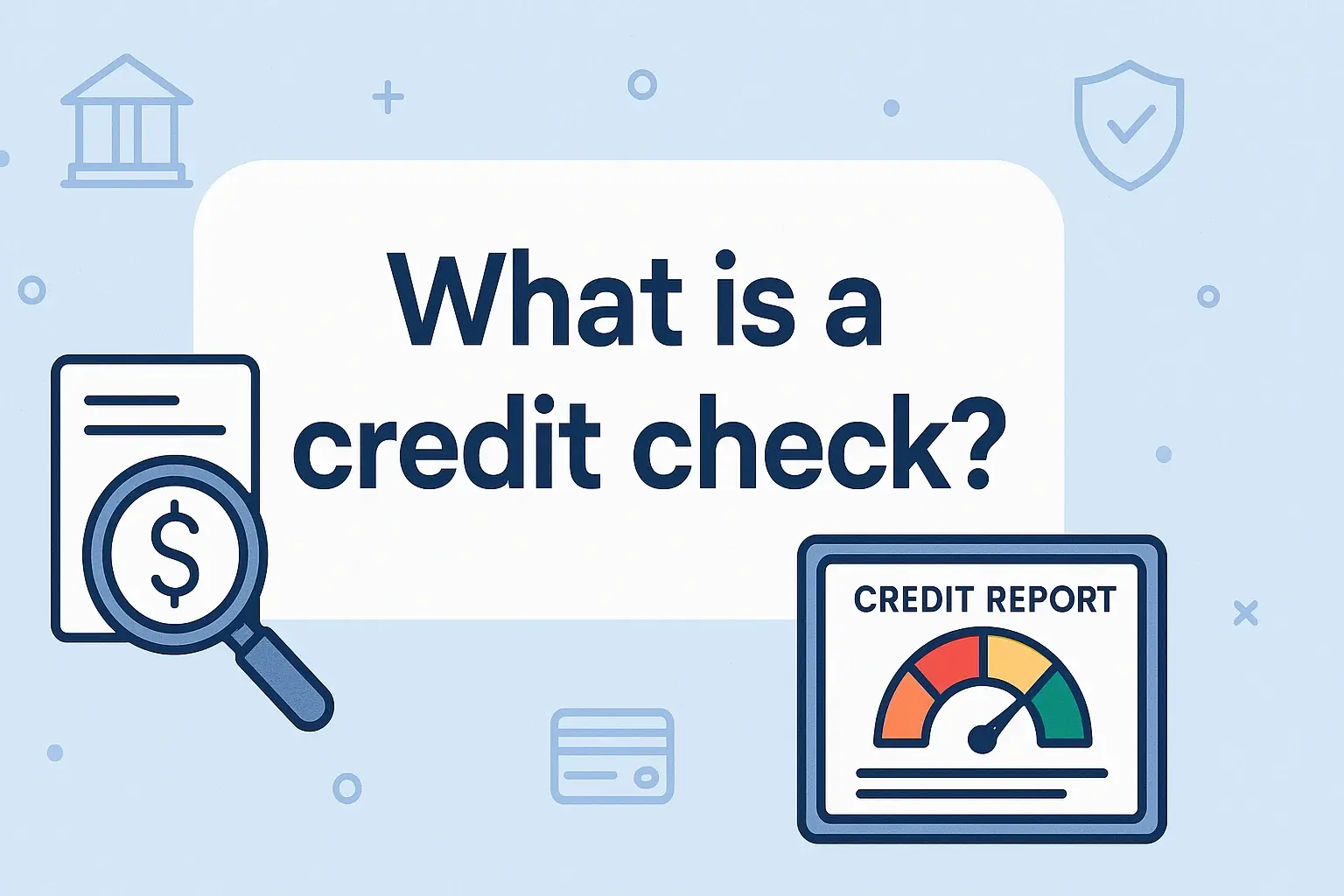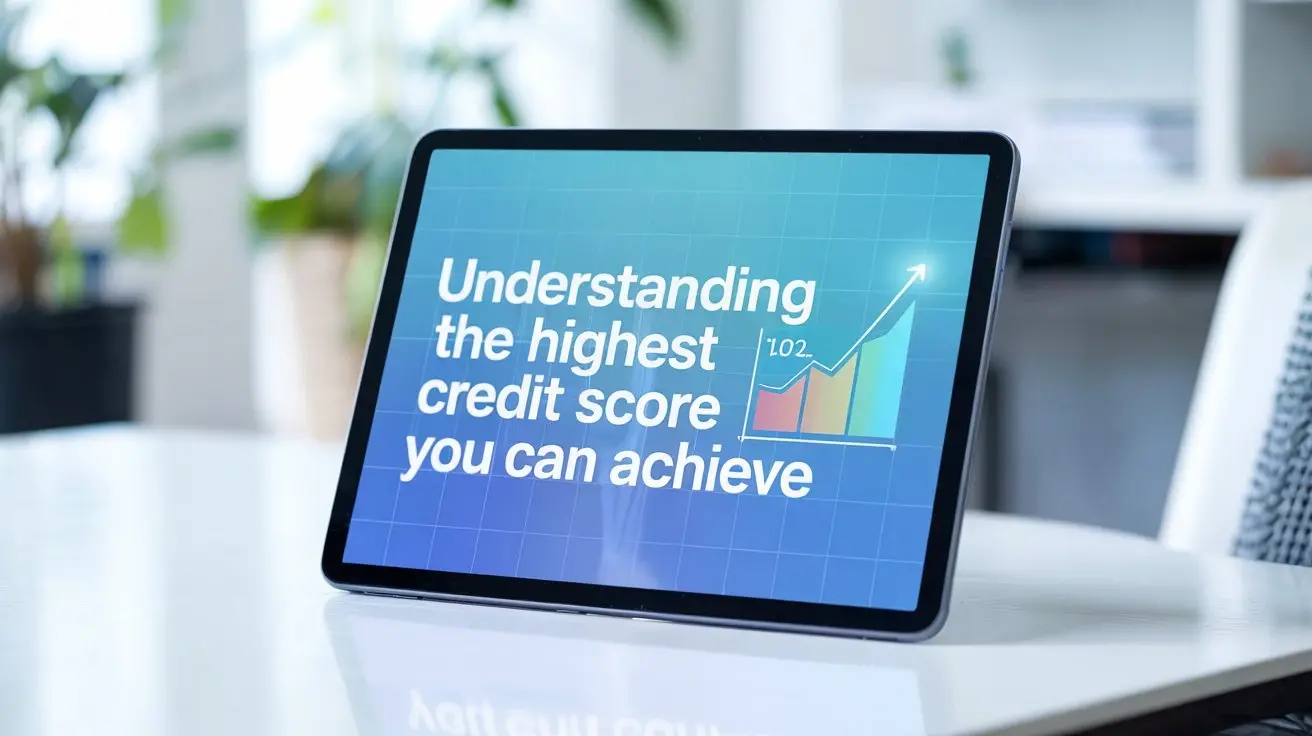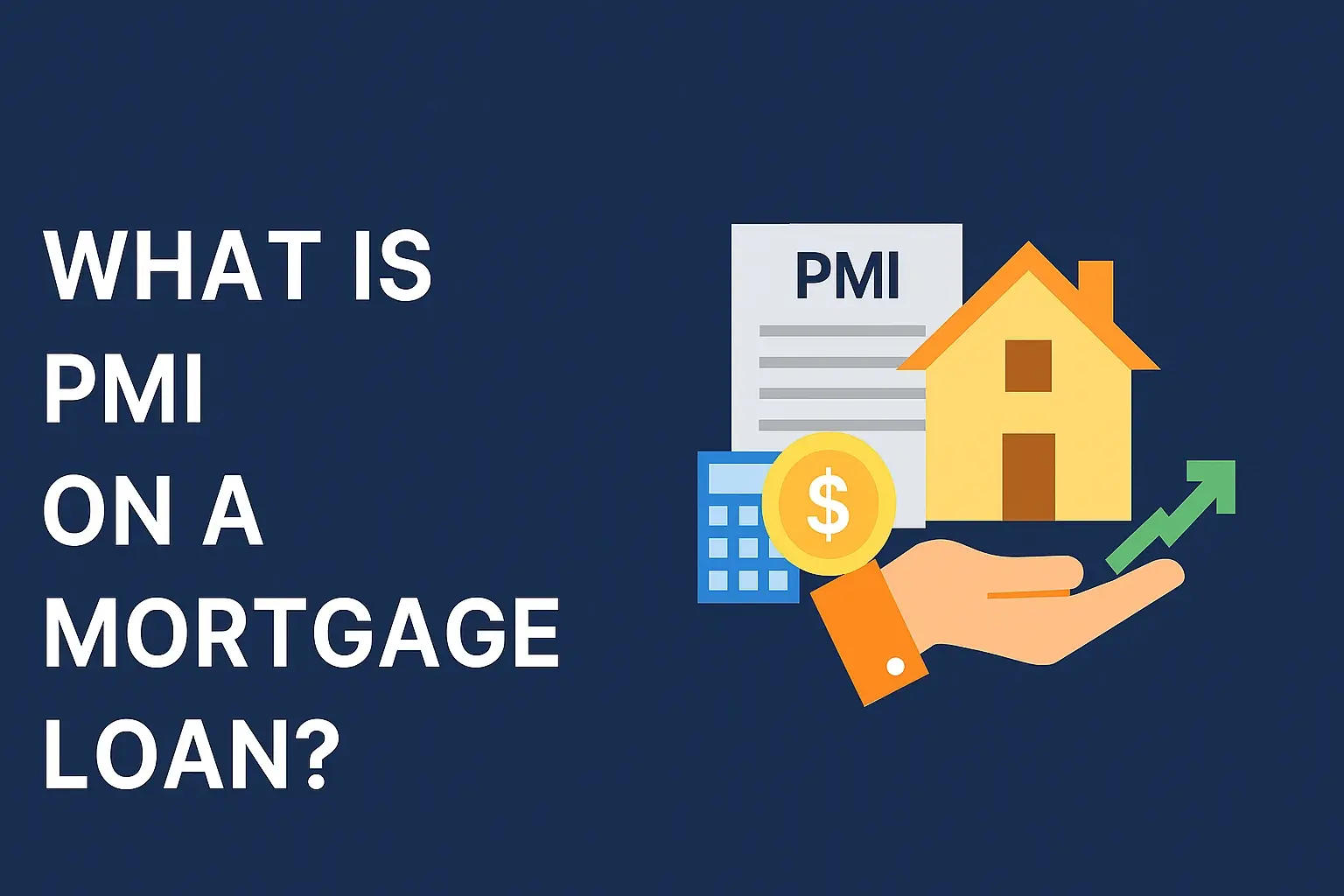-
Posted on: 03 Apr 2025

-
Ready to dramatically accelerate your credit score improvement? This guide reveals actionable strategies and expert insights to help you speed up your credit score increase today. Discover how to leverage current 2025 financial tools and techniques for faster, more impactful results.
Understanding Your Credit Score in 2025
In 2025, your credit score remains a critical determinant of your financial health, influencing everything from loan approvals and interest rates to rental applications and even insurance premiums. A strong credit score is not just a number; it's a testament to your financial responsibility and a key that unlocks better financial opportunities. Understanding what constitutes a credit score and how it's calculated is the foundational step towards accelerating its growth. Credit bureaus like Experian, Equifax, and TransUnion compile your credit history, and scoring models, primarily FICO and VantageScore, use this data to generate your score. These scores typically range from 300 to 850, with higher scores indicating lower risk to lenders.
The Anatomy of a Credit Score
The most widely used credit scoring models, FICO and VantageScore, consider several key components. While the exact weighting can vary slightly between models and versions, the core factors remain consistent. Understanding these components allows you to focus your efforts on the areas that will yield the most significant improvements.
Payment History (Approximately 35% of FICO Score)
This is the single most important factor. It reflects whether you pay your bills on time. Late payments, defaults, bankruptcies, and collections can severely damage your score. Consistently making payments on or before the due date is paramount.
Amounts Owed (Credit Utilization Ratio - Approximately 30% of FICO Score)
This factor measures how much of your available credit you are using. It's often expressed as a percentage, known as the credit utilization ratio (CUR). Keeping this ratio low, ideally below 30% and even better below 10%, demonstrates responsible credit management. For example, if you have a credit card with a $10,000 limit and a balance of $3,000, your CUR is 30%.
Length of Credit History (Approximately 15% of FICO Score)
This refers to the age of your oldest account, the age of your newest account, and the average age of all your accounts. A longer credit history generally indicates more experience managing credit, which can positively impact your score.
Credit Mix (Approximately 10% of FICO Score)
Having a mix of different types of credit, such as credit cards, installment loans (like mortgages or auto loans), and potentially other forms of credit, can be beneficial. It shows you can manage various credit obligations responsibly. However, this factor is less impactful than payment history or credit utilization.
New Credit (Approximately 10% of FICO Score)
This factor considers how many new credit accounts you've opened recently and how many hard inquiries you've had. Opening too many new accounts in a short period can signal higher risk and may temporarily lower your score.
Why a High Credit Score Matters in 2025
The financial landscape of 2025 continues to emphasize the importance of a strong credit score. Lenders use it to assess risk, and a higher score means you're a less risky borrower. This translates into tangible benefits:
- Lower Interest Rates: Access to lower APRs on mortgages, auto loans, personal loans, and credit cards. This can save you thousands of dollars over the life of a loan.
- Easier Loan Approvals: A good score increases your chances of getting approved for credit, whether it's a new credit card, a car loan, or a home mortgage.
- Better Insurance Premiums: In many states, insurance companies use credit-based insurance scores to determine premiums for auto and homeowners insurance.
- Rental Opportunities: Landlords often check credit scores to gauge a tenant's reliability in paying rent.
- Lower Security Deposits: Utility companies and mobile phone providers may waive security deposits for individuals with excellent credit.
Understanding these components is the first step. The next is to strategize how to improve them effectively and quickly.
Key Factors Driving Credit Growth in 2025
The pursuit of a faster credit score increase in 2025 hinges on understanding which factors have the most significant leverage. While all components of your credit report matter, some offer more immediate and substantial impact than others. Strategic focus on these high-impact areas can accelerate your journey toward a higher score.
The Dominance of Payment History and Credit Utilization
As highlighted earlier, payment history and credit utilization are the heavyweights in credit scoring. In 2025, their influence remains paramount. Lenders and scoring models are keenly interested in your consistent ability to repay debt and your responsible management of revolving credit.
- Payment History: Every on-time payment builds positive credit history. Conversely, even a single 30-day late payment can significantly drop your score. The longer it's been since your last delinquency, the less impact it has, but it never truly disappears. For accelerating growth, ensuring every single payment is made on time is non-negotiable.
- Credit Utilization Ratio (CUR): This is where many individuals can see rapid improvements. By reducing the amount of credit you're using relative to your total available credit, you signal to lenders that you are not overextended. A CUR below 30% is good, below 10% is excellent. This metric can be influenced quickly by paying down balances or requesting credit limit increases (with caution).
The Role of Credit Age and Mix
While these factors contribute to your score, they are generally more long-term plays. You cannot artificially age your credit history, and forcing a credit mix can sometimes be counterproductive if not done thoughtfully.
- Length of Credit History: This factor rewards patience. The older your accounts, the better. Trying to artificially inflate this by opening many new accounts can backfire due to the "new credit" factor.
- Credit Mix: Having both revolving credit (credit cards) and installment loans (mortgages, auto loans) is generally positive. However, if you have a solid history with one type, the impact of adding another is usually minor compared to improving payment history or utilization.
New Credit: A Double-Edged Sword
Applying for new credit triggers a hard inquiry on your credit report, which can temporarily lower your score by a few points. Opening multiple new accounts in a short period can be seen as a sign of financial distress. However, strategically opening one or two new accounts, especially if they help improve your credit mix or utilization, can be beneficial in the long run.
Emerging Trends in 2025 Credit Scoring
While the core principles remain, scoring models are constantly evolving. In 2025, we're seeing a continued emphasis on:
- Rent and Utility Reporting: More services are emerging that allow consumers to report on-time rent and utility payments to credit bureaus. This is a significant opportunity for individuals who may not have extensive traditional credit histories but are diligent with these essential payments.
- Alternative Data: While not yet mainstream for all scoring models, there's ongoing research into incorporating alternative data sources, such as bank account activity and cash flow, to provide a more holistic financial picture.
- Behavioral Analytics: Scoring models are becoming more sophisticated in analyzing patterns of behavior to predict creditworthiness.
Understanding these drivers allows for a targeted approach. To speed up your credit score increase today, focus your energy on mastering payment history and credit utilization, while being mindful of the impact of new credit applications.
Immediate Actions for a Credit Score Boost
When you're looking to speed up your credit score increase today, you need strategies that yield results relatively quickly. While long-term habits are crucial, certain immediate actions can provide a noticeable boost within weeks or a couple of months. These are the low-hanging fruit of credit improvement.
1. Pay Down Your Credit Card Balances Aggressively
This is arguably the most impactful immediate action you can take. Lowering your credit utilization ratio (CUR) directly affects a significant portion of your score. Aim to get your balances as low as possible, ideally below 10% of your credit limit on each card.
- Example: If you have a credit card with a $5,000 limit and a $4,000 balance, your CUR is 80%. Paying it down to $500 (10% CUR) will have a substantial positive effect.
- Strategy: Focus on paying down the card with the highest utilization first (the "debt avalanche" method can save you money on interest, but paying down the highest utilization card first might offer a quicker score boost).
2. Become an Authorized User (With Caution)
If you have a trusted friend or family member with excellent credit, they can add you as an authorized user to one of their well-managed credit cards. Their positive payment history and low utilization on that card can then be reflected on your credit report, potentially boosting your score. However, ensure they have a strong history; their negative activity could harm you.
- Key Consideration: The primary cardholder's credit history for that account will appear on your report. Ensure their account is in good standing.
- Risk: If the primary cardholder misses payments or racks up debt, it will negatively impact your score.
3. Dispute Errors on Your Credit Report
Errors on your credit report can drag down your score. Common errors include incorrect late payments, accounts that aren't yours, or incorrect balances. You have the right to dispute these inaccuracies with the credit bureaus.
- Process: Visit the websites of Experian, Equifax, and TransUnion. You can typically initiate disputes online. Provide documentation to support your claim.
- Timeline: The bureaus have about 30 days to investigate your dispute. If the error is removed, your score could increase.
- Tools: Many credit monitoring services offer tools to help identify and dispute errors.
4. Negotiate with Creditors for Positive Reporting
If you have past-due accounts or accounts in collections, you might be able to negotiate with the creditor. Sometimes, creditors will agree to remove a negative mark from your report in exchange for payment, especially if the debt is old. This is often referred to as a "pay-for-delete" agreement, though not all creditors offer this.
- Approach: Be polite and professional. Explain your situation and your goal of improving your credit.
- Documentation: Always get any agreement in writing before making a payment.
5. Consider a Secured Credit Card or Credit-Builder Loan
If you have limited credit history or a low score, these tools can help establish or rebuild credit quickly. A secured credit card requires a cash deposit that becomes your credit limit. A credit-builder loan involves making payments on a loan that is held in an account until it's fully repaid.
- Secured Cards: Use it responsibly by making small purchases and paying them off in full each month.
- Credit-Builder Loans: These are excellent for demonstrating consistent payment behavior.
- Reporting: Ensure the issuer reports to all three major credit bureaus.
6. Pay Bills on Time, Every Time
This might seem obvious, but it bears repeating. For immediate impact, ensure that all your current bills are paid on or before their due dates. Set up automatic payments or reminders to avoid any slip-ups. Even one late payment can negate the positive effects of other actions.
7. Reduce Inquiries (If Applicable)
If you've recently applied for multiple lines of credit, the resulting hard inquiries might be slightly impacting your score. While their effect is usually minor and temporary, avoid applying for new credit for a few months to let these inquiries age.
These immediate actions, when implemented diligently, can lead to a noticeable improvement in your credit score within a short timeframe. The key is to be proactive and strategic in your approach.
Long-Term Strategies for Sustained Credit Growth
While immediate actions can provide a quick boost, building and maintaining an excellent credit score requires a consistent, long-term strategy. These habits, once ingrained, ensure your credit score continues to grow and remains robust, opening doors to the best financial opportunities. In 2025, these foundational principles are more important than ever.
1. Maintain a Consistently Low Credit Utilization Ratio
Beyond the initial push to lower your balances, making it a habit to keep your credit utilization low is crucial. This means not just paying down debt but also managing your spending throughout the month.
- Target: Aim to keep your CUR below 10% on all credit cards. This demonstrates exceptional credit management.
- Strategy: Consider paying your credit card bills twice a month. Pay a portion of your balance mid-cycle, and then pay the rest before the due date. This can help keep your reported balance low when the issuer reports to the credit bureaus.
- Example: If your statement closing date is the 25th of the month, and your limit is $10,000, try to pay down your balance to under $1,000 before the 25th.
2. Pay All Bills On Time, Every Single Time
Payment history is the most significant factor in your credit score. There is no shortcut around this. Even a single 30-day late payment can drop your score by 50-100 points, and its impact can linger for years.
- Automation: Set up automatic payments for all your bills. Ensure you have sufficient funds in your account to cover these payments.
- Reminders: Use calendar alerts, budgeting apps, or sticky notes as backup reminders.
- Emergency Fund: Building an emergency fund can prevent you from missing payments if unexpected expenses arise.
3. Keep Old Credit Accounts Open and Active
The length of your credit history is a key factor. Older accounts, especially those with a positive payment history, contribute to a longer average age of accounts, which is beneficial for your score.
- Avoid Closing: Resist the urge to close old credit card accounts, even if you don't use them often. Closing an account reduces your total available credit, which can increase your credit utilization ratio, and it shortens your average credit history length.
- Occasional Use: To keep an old account active and prevent the issuer from closing it due to inactivity, make a small purchase on it every few months and pay it off immediately.
4. Diversify Your Credit Mix (Thoughtfully)
While not as impactful as payment history or utilization, having a mix of credit types can positively influence your score. This typically means having both revolving credit (like credit cards) and installment loans (like a mortgage, auto loan, or personal loan).
- Caution: Do not open new accounts solely to diversify your credit mix if you don't genuinely need them. The impact of new credit inquiries and the potential for mismanagement outweigh the benefit.
- Natural Progression: As you progress through life, you'll likely acquire different types of credit organically (e.g., a car loan, a mortgage).
5. Monitor Your Credit Report Regularly
Regularly reviewing your credit reports from Experian, Equifax, and TransUnion is crucial for catching errors, monitoring your progress, and staying aware of any fraudulent activity.
- Free Reports: You are entitled to a free credit report from each of the three major bureaus annually at AnnualCreditReport.com.
- Credit Monitoring Services: Many banks and credit card companies offer free credit monitoring services, providing alerts for significant changes to your credit report.
- Identify Trends: Monitoring helps you see how your actions are affecting your score over time and identify any unexpected negative marks.
6. Avoid Unnecessary Credit Applications
Each time you apply for credit, a hard inquiry is placed on your report. While a single inquiry has a small impact, multiple inquiries in a short period can signal risk to lenders and lower your score. Only apply for credit when you genuinely need it.
- Pre-qualification: Many lenders offer pre-qualification tools that allow you to check your likelihood of approval without a hard inquiry. Use these tools whenever possible.
7. Understand the Impact of Closing Accounts
As mentioned, closing old accounts can hurt your score by reducing your overall credit limit and shortening your credit history. If an old account has an annual fee you can no longer justify, consider if the score impact is worth the savings. Sometimes, it's better to keep the account open and use it minimally.
Implementing these long-term strategies creates a strong foundation for credit health. They foster responsible financial behavior that scoring models reward, ensuring your credit score not only increases but also remains high and stable.
Leveraging Technology and Tools for Speed
In 2025, technology offers powerful tools to help you manage your credit more effectively and speed up your score increase. From sophisticated budgeting apps to AI-driven credit advisors, leveraging these resources can provide insights and automation that were previously unavailable.
1. Credit Monitoring Services
These services are indispensable for anyone serious about improving their credit score quickly. They provide real-time updates on your credit report and score, alert you to changes, and often offer tools for disputing errors or simulating score changes.
- Key Features:
- Score Tracking: Monitor your FICO or VantageScore over time.
- Alerts: Get notified of new accounts, hard inquiries, or negative information.
- Credit Report Access: Easy access to your full credit reports from all three bureaus.
- Simulators: Some services allow you to model the potential impact of actions like paying down debt or opening new accounts.
- Popular Options: Credit Karma, Experian Boost, MyFICO, Credit Sesame. Many banks and credit card issuers also offer free credit monitoring as a benefit to their customers.
2. Budgeting and Financial Management Apps
Effective budgeting is the bedrock of good credit management. Apps can help you track spending, identify areas where you can save, and ensure you have funds available to make timely payments.
- Features:
- Expense Tracking: Categorize your spending to see where your money goes.
- Bill Payment Reminders: Avoid late fees and negative marks on your credit report.
- Savings Goals: Set targets for paying down debt or building an emergency fund.
- Net Worth Tracking: Get a holistic view of your financial health.
- Examples: Mint, YNAB (You Need A Budget), Personal Capital.
3. AI-Powered Credit Building Platforms
The rise of artificial intelligence is transforming credit management. AI platforms can analyze your financial data, identify specific areas for improvement, and provide personalized recommendations tailored to your situation.
- How They Help:
- Personalized Action Plans: Receive step-by-step guidance on what actions to take for the fastest score improvement.
- Debt Management Strategies: AI can suggest the most efficient ways to pay down debt based on your accounts and financial goals.
- Predictive Analytics: Some platforms can predict how certain actions might affect your score.
- Considerations: These platforms often come with a subscription fee, but the insights and acceleration they provide can be well worth the cost for those serious about rapid credit improvement.
4. Rent and Utility Reporting Services
In 2025, more services are available that allow you to report your on-time rent and utility payments to credit bureaus. This is a game-changer for individuals who may not have a long history of traditional credit but consistently pay these essential bills.
- How it Works: You typically link your bank account or provide proof of payment, and the service reports this information to Experian, Equifax, and/or TransUnion.
- Benefits: Adds positive payment history to your credit file, potentially boosting your score, especially if you have thin credit files.
- Examples: Experian Boost (which also considers utility and streaming service payments), Rental Kharma, LevelCredit.
5. Credit-Building Cards and Loans Platforms
Platforms specializing in credit-building products make it easier to find and apply for secured credit cards or credit-builder loans designed to help you establish or improve credit.
- Streamlined Applications: These platforms often simplify the application process for these specialized products.
- Comparison Tools: You can compare terms and features of different credit-building products side-by-side.
6. Automation for Payments
While not strictly a "tool" in the app sense, automating bill payments is a technological feature that is critical for preventing late payments. Set up auto-pay for all your credit cards and loans. Just ensure you have sufficient funds in your bank account to cover these automatic debits.
By strategically integrating these technological tools into your financial routine, you can gain greater control over your credit, automate positive behaviors, and accelerate your journey toward a higher credit score in 2025.
Common Pitfalls to Avoid on Your Credit Journey
The path to a higher credit score is often paved with good intentions, but several common pitfalls can derail progress or even actively harm your score. Being aware of these mistakes is as important as knowing the right strategies. Avoiding them can save you time, money, and credit score points.
1. Missing Payments
This is the cardinal sin of credit management. A single late payment can have a devastating impact on your score, and its negative effects can linger for up to seven years. Even a 30-day late payment is significant.
- Why it's a Pitfall: Payment history is the most heavily weighted factor in credit scoring models.
- How to Avoid: Set up automatic payments, use calendar reminders, and maintain an emergency fund to cover unexpected expenses that might otherwise cause you to miss a payment.
2. Maxing Out Credit Cards (High Credit Utilization)
Keeping your credit utilization ratio (CUR) high signals to lenders that you are heavily reliant on credit and may be at a higher risk of default. A CUR above 30% is generally considered high, and anything above 50% is very risky.
- Why it's a Pitfall: This factor accounts for a substantial portion of your credit score.
- How to Avoid: Pay down balances aggressively, consider requesting credit limit increases (if you can manage the temptation to spend more), and use your credit cards judiciously.
3. Applying for Too Much Credit Too Quickly
Each time you apply for new credit, a hard inquiry is placed on your credit report. While one or two inquiries won't significantly harm your score, a cluster of inquiries in a short period can make you appear desperate for credit and lower your score.
- Why it's a Pitfall: The "New Credit" factor penalizes frequent applications.
- How to Avoid: Only apply for credit when you truly need it. Use pre-qualification tools whenever possible to avoid unnecessary hard inquiries.
4. Closing Old, Unused Credit Accounts
While it might seem logical to close accounts you don't use, this can negatively impact your score by reducing your overall available credit (thus increasing your CUR) and shortening your average credit history length.
- Why it's a Pitfall: Both credit utilization and length of credit history are important scoring factors.
- How to Avoid: Keep old, well-managed accounts open. Make a small purchase on them periodically and pay it off immediately to keep them active.
5. Falling for Credit Repair Scams
Beware of companies that promise to erase accurate negative information from your credit report or guarantee a specific score increase in an unrealistic timeframe. Legitimate credit repair involves addressing errors and building positive history, not manipulating the system.
- Red Flags: Companies that charge hefty upfront fees, ask you to pay for services before they are rendered, or tell you to avoid contacting credit bureaus directly.
- How to Avoid: Stick to reputable credit counseling agencies or manage your credit improvement yourself using the strategies outlined in this guide.
6. Not Checking Your Credit Reports for Errors
Errors on your credit report—such as incorrect late payments, accounts that don't belong to you, or inaccurate balances—can unfairly lower your score. If you don't check your reports, these errors can go unnoticed for years.
- Why it's a Pitfall: Inaccurate negative information directly harms your score.
- How to Avoid: Obtain your free credit reports annually from AnnualCreditReport.com and dispute any inaccuracies promptly.
7. Misunderstanding Secured vs. Unsecured Credit
Secured credit cards require a deposit, while unsecured cards do not. If you have poor credit, you'll likely start with secured options. Misunderstanding how these products work or not using them responsibly can hinder progress.
- How to Avoid: Understand that secured cards are designed to build trust. Use them for small purchases and pay them off in full to demonstrate responsible behavior.
8. Relying Solely on One Credit Card
While focusing on one card might seem simpler, having a mix of credit types (if managed well) can be beneficial. Over-reliance on a single card can also lead to high utilization if that card's limit is reached.
- How to Avoid: If you have multiple cards, use them strategically to keep utilization low across all of them.
By actively avoiding these common pitfalls, you can ensure that your efforts to speed up your credit score increase are not undermined by preventable mistakes. Vigilance and a commitment to sound financial practices are key.
Case Studies and Real-World Examples
Understanding the principles of credit score improvement is one thing; seeing them in action is another. These real-world examples and case studies illustrate how individuals have successfully accelerated their credit score increases using the strategies discussed. All scenarios and statistics are representative of 2025 financial conditions.
Case Study 1: The Young Professional's Quick Boost
Background: Sarah, a 24-year-old marketing associate, needed to improve her credit score quickly to qualify for a better interest rate on her first car loan. Her score was 630, primarily due to limited credit history and one credit card with a high utilization (75% on a $2,000 limit). She had no other negative marks.
Strategy Implemented:
- Aggressive Debt Paydown: Sarah dedicated a significant portion of her income to pay down her credit card balance. Within two months, she reduced the balance from $1,500 to $200 (10% utilization).
- Disputing a Minor Error: She noticed a duplicate late payment entry on her report from two years prior and disputed it successfully.
- Opened a Secured Card: To diversify her credit mix and build positive history, she opened a $300 secured credit card and used it for small, recurring purchases (like her streaming subscription), paying it off in full each month.
Results: Within three months, Sarah's credit score jumped to 710. This 80-point increase allowed her to secure a car loan with a significantly lower APR, saving her an estimated $1,500 over the loan term.
Case Study 2: Rebuilding After Financial Hardship
Background: David, 38, had faced a period of job loss and medical emergencies that resulted in several late payments and a collection account on his credit report. His score had dropped to 550. He needed to improve it to rent a better apartment.
Strategy Implemented:
- Negotiated with Creditor: David contacted the collection agency. After negotiation, he agreed to a "pay-for-delete" settlement, where he paid 60% of the debt owed, and the agency agreed to remove the collection account from his report. This took about 60 days after payment.
- Consistent On-Time Payments: He meticulously paid all his current bills on time, setting up auto-pay for everything.
- Secured Credit Builder Loan: David took out a $500 credit-builder loan from his local credit union, making all payments on time for six months.
- Opened a Secured Card: He also obtained a $500 secured credit card and kept utilization below 10%.
Results: Over 12 months, David's score climbed steadily. The removal of the collection account had a major impact, and his consistent positive payments on the secured card and loan built new, positive credit history. His score reached 670, enabling him to secure the apartment he desired.
Case Study 3: The "Thin File" Advantage
Background: Maria, 22, was a recent college graduate with a "thin file" – meaning she had very little credit history. Her score was around 600, making it difficult to get approved for a decent credit card or rent an apartment without a co-signer.
Strategy Implemented:
- Authorized User: Her parents, who have excellent credit, added her as an authorized user to one of their oldest, low-utilization credit cards. This immediately added a positive history and a higher average age of accounts to her report.
- Rent Reporting Service: Maria signed up for a service that reported her monthly rent payments to the credit bureaus.
- Student Credit Card: She applied for and received a student credit card with a low limit ($1,000) and used it for everyday expenses, always paying the balance in full before the due date.
Results: Within six months, Maria's credit score increased to 680. The combination of the authorized user tradeline, rent reporting, and responsible use of her student card provided her with a solid credit foundation, allowing her to rent her own apartment independently.
Illustrative Table: Impact of Credit Utilization on Score
This table demonstrates the potential score impact of different credit utilization ratios, assuming all other factors are equal and positive. (Data is illustrative for 2025 scoring models).
Credit Utilization Ratio (CUR) Estimated FICO Score Range Impact (Starting from ~650) Lender Perception Under 10% +50 to +100 points Excellent Credit Management 10% - 30% +20 to +50 points Good Credit Management 30% - 50% 0 to +10 points Average/Acceptable 50% - 70% -10 to -30 points Higher Risk Over 70% -30 to -70+ points Significant Risk Key Takeaways from Examples:
- Speed is Relative: While some actions yield faster results (like reducing utilization), others take time (like removing negative marks or building history).
- Targeted Approach: Identifying the specific weaknesses in your credit profile is key to choosing the most effective strategies.
- Consistency is Crucial: Long-term success comes from consistently practicing good credit habits.
- Tools Matter: Leveraging technology and specialized products can significantly accelerate the process.
These examples underscore that with a focused strategy and diligent effort, significant credit score improvements are achievable, even in the short term.
Conclusion
Accelerating your credit score increase today is not an insurmountable challenge. By understanding the core components of your credit score, focusing on high-impact factors like payment history and credit utilization, and implementing both immediate and long-term strategies, you can achieve substantial improvements. In 2025, leveraging technology, such as credit monitoring services and rent reporting platforms, offers even more avenues for rapid advancement. Remember to avoid common pitfalls like missed payments and excessive credit applications, and always monitor your credit reports for accuracy. The journey to a higher credit score is a marathon, not a sprint, but with the right knowledge and consistent action, you can significantly shorten your race to financial excellence and unlock better opportunities.










